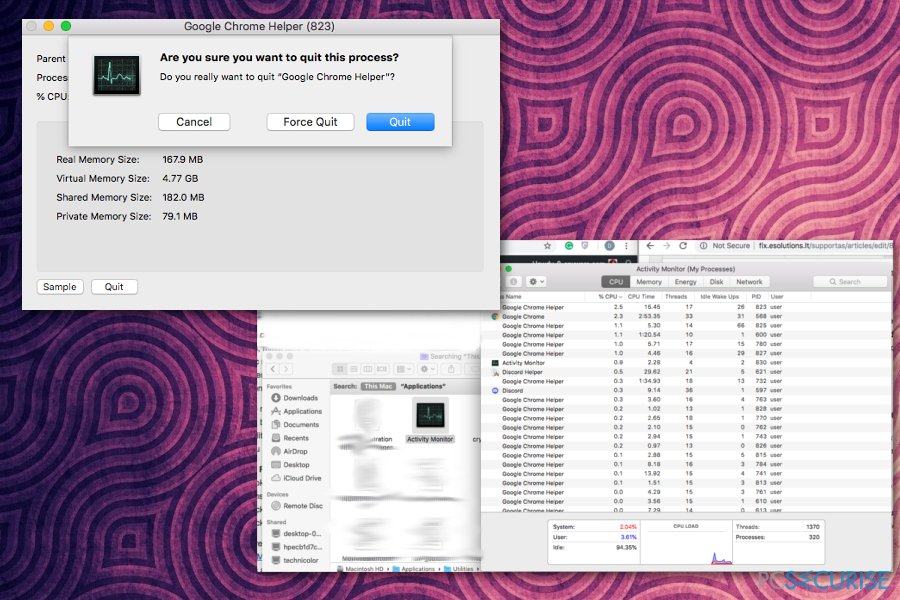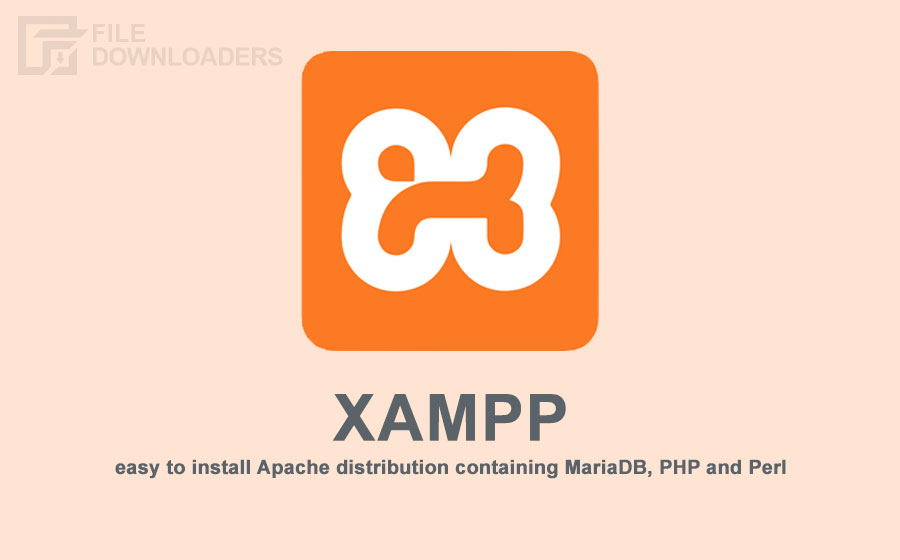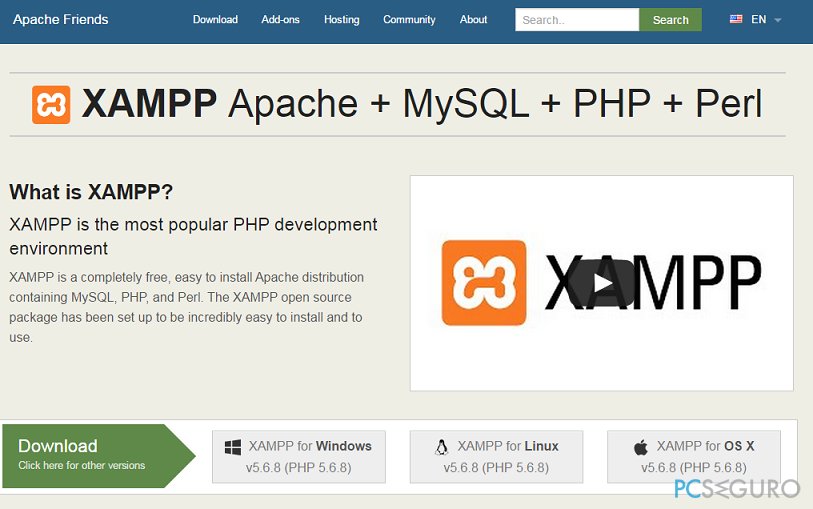
- #Uninstall xampp mac how to
- #Uninstall xampp mac for mac os
- #Uninstall xampp mac mac os x
- #Uninstall xampp mac install
- #Uninstall xampp mac software
Once the installation is complete, you’ll be prompted to start the XAMPP Control Panel. You may need to enter your administrator password to complete the installation.
#Uninstall xampp mac install
Step 2: Install XAMPPĪfter the download is complete, you can double-click the installer package to begin the installation process. In this tutorial, we’ll use the macOS version of XAMPP.

Once you’re on the website, click on the “Download” button, and select the version of XAMPP you want to download. You can download the latest version of XAMPP from the official Apache Friends website at. The first step to install XAMPP on your Mac is to download the installer package.
#Uninstall xampp mac how to
How to Install Xampp on Macīy following the steps outlined in this tutorial, you should be able to install XAMPP on your Mac and start developing and testing web applications in no time. In this tutorial, you will learn how to download and install xampp on mac os.
#Uninstall xampp mac software
XAMPP is a free, open-source web server software package that includes Apache, MySQL, PHP, and other tools to help you develop and test web applications on your local machine.
#Uninstall xampp mac mac os x
For instructions on how to enable MySQL, see Setup on Mac OS X Server.If you’re looking to run a local web server on your Mac, XAMPP is a great choice. Mac OS X Server comes with MySQL pre-installed. Sudo -u _mysql /opt/local/bin/mysql_install_db5 With MacPorts you can install the MySQL Server by typing the following command in Terminal: The MySQL download is aproximately 20MB plus dependencies. This method works only if you have MacPorts and the XCode Developer Tools installed. If you want to install from source, but spare yourself the hassle of configuring the install, you can use Macports to automatically compile and install MySQL. Installing from source - MySQL Tutorial for Tiger and Leopard - Hive Logic Tutorial for Snow Leopard - Hive Logic Compiling takes a very long time compared to installing binaries, but you'll only have to download about 20MB of source code. You must have the Xcode Developer Tools installed.

Installation from source also gives you access to cutting edge features and bugfixes before a. There are many advantages to compiling your own copy of MySQL - including speed improvements and system specific customisations (eg. Installing a copy of MySQL from source is recommended for advanced users only. If you use one of these packages, see Connecting to MAMP or XAMPP for further instructions. Download XAMPP - for MacOS 10.4-10.6, Universal binary XAMPP includes PHP 5.3, MySQL 5.1, and several extras like Perl and an FTP Server. Configuration is performed using command line utilities. XAMPP provides only a utility for starting/stopping the servers. Download MAMP/MAMP Pro - for MacOS 10.4-10.6, Universal binary MAMP includes PHP 4 and 5.2, and MySQL 5.1. There is a commercial utility (named MAMP PRO) available for more advanced options. The utility also allows basic configuration of the servers, including the port MySQL runs on (default is 8889). MAMP includes a GUI utility for starting and stopping the servers. There are no hidden files and both packages are trivial to uninstall - just drag the MAMP/XAMPP folder to the trash. These packages are installed by copying the MAMP/XAMPP folder to your applications folder. The two packages differ in the selection of utilities they include, but both of them include their own version of Apache, MySQL, and PHP. They are designed to give developers an easy way to serve up PHP pages using Apache and MySQL right on their Mac. MAMP and XAMPP are complete web development packages.
#Uninstall xampp mac for mac os
MySQL 5.0 for Mac OS X - for MacOS 10.4-10.5, Intel only MySQL 5.1 for Mac OS X - for MacOS 10.4-10.6, Intel only, recommended Version MySQL 5.5 for Mac OS X - for MacOS 10.4-10.6, Intel only

You can optionally install a startup item that starts the MySQL server when your computer starts.

The download also includes a system preference pane for starting/stopping the server. offers a standard MacOS installer package that installs the MySQL Server and several command line utilities. This is the fastest method for installing MySQL on your Mac, but only available for Intel processors. We have provided links to the most common installation methods for Mac OS X. There are several different ways to install MySQL on Mac OS X. (See Web Hosting Providers for a list of hosting options). Most webservers and website packages will include a MySQL installation as part of the services they provide, and usually provide external connection details to allow you to connect to them in an external program like Sequel Pro. You will have to install a copy on your local machine, or connect to the MySQL server on a machine somewhere on the Internet. Mac OS X doesn't ship with its own copy of MySQL, nor does Sequel Pro.


 0 kommentar(er)
0 kommentar(er)
